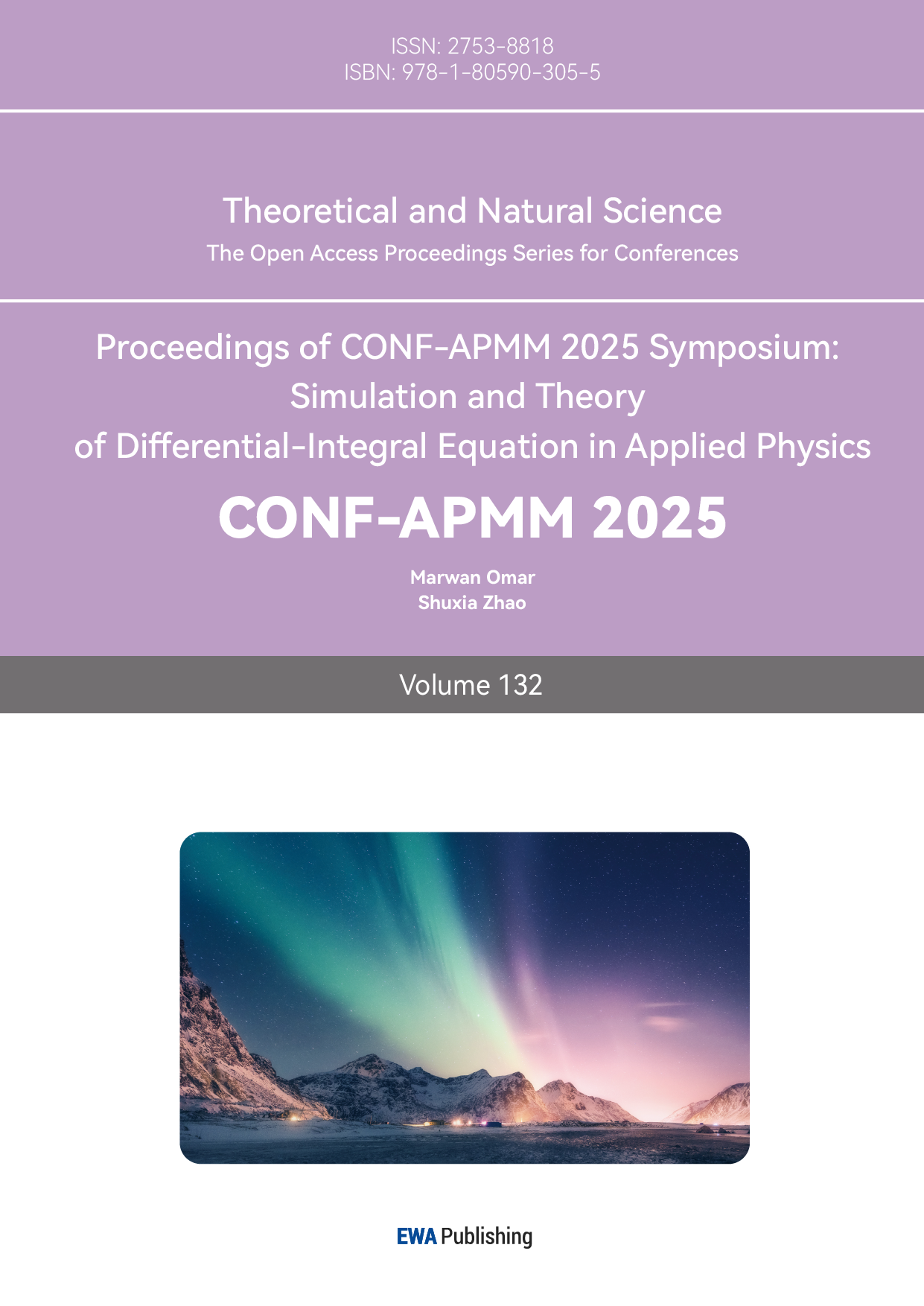References
[1]. Chhetri, M., Kumar, S., Roy, P. P., & Kim, B.-G. (2020). Deep BLSTM-GRU model for monthly rainfall prediction: A case study of Simtokha, Bhutan. Remote Sensing, 12(19), 3174.
[2]. Chen, L., Zhong, X., Zhang, F., Cheng, Y., Xu, Y., Qi, Y., & Li, H. (2023). FuXi: A cascade machine learning forecasting system for 15-day global weather forecast. npj Climate and Atmospheric Science, 6, 190.
[3]. Eka Setiawan, K., Elwirehardja, G. N., & Pardamean, B. (2023). Indoor Climate Prediction Using Attention-Based Sequence-to-Sequence Neural Network. Civil Engineering Journal, 9(5), 1105–1120.
[4]. Bojesomo, A., Al Marzouqi, H., & Liatsis, P. (2024). A novel transformer network with shifted window cross-attention for spatiotemporal weather forecasting. IEEE Journal of Selected Topics in Applied Earth Observations and Remote Sensing, 17, 45–55.
[5]. Deng, X., Ye, A., Zhong, J., Xu, D., Yang, W., Song, Z., Zhang, Z., Guo, J., Wang, T., Tian, Y., Pan, H., Zhang, Z., Wang, H., Wu, C., Shao, J., & Chen, X. (2022). Bagging–XGBoost algorithm-based extreme weather identification and short-term load forecasting model. Energy Reports, 8, 8661–8674.
[6]. Yu, Y., Cao, J., & Zhu, J. (2019). An LSTM short-term solar irradiance forecasting under complicated weather conditions. IEEE Access, 7, 145651–145666.
[7]. Sherstinsky, A. (2020). Fundamentals of recurrent neural network (RNN) and long short-term memory (LSTM) network. Physica D: Nonlinear Phenomena, 404, 132306.
[8]. Chicco, D., Warrens, M. J., & Jurman, G. (2021). The coefficient of determination R-squared is more informative than SMAPE, MAE, MAPE, MSE and RMSE in regression analysis evaluation. Peerj computer science, 7, e623.



